The 2020 Check-In: What I Played in my Summer Quarantine
By Mento 3 Comments
I desisted with the self-indulgent monthly updates a long while ago, but I miss writing about the games I don't already cover with my Indie Game of the Week series and occasional Tuesday/Wednesday blog. My general habits at this point are to alternate between Indies and the more... well, if I say substantial it's usually only in the longevity sense. Certainly, at least, these are games people will be more familiar with.
I'm not going to suggest that the past three months since the June "Mid-Year Check-in" update have been much improved from the preceding three, as we're now two seasons deep into this pandemic that neither the US nor the UK government is empathetic or competent enough to properly deal with. Fortunately for the US, they'll have an opportunity to change leadership very soon, though I shudder to think that we Brits are still going to be stuck with this malevolent talking pile of attic insulation for years to come.
Anyhoo! I've been trying to fill the void in my soul with various entertainment media, including the following (warning - long):
Phoenix Wright: Ace Attorney: Spirit of Justice
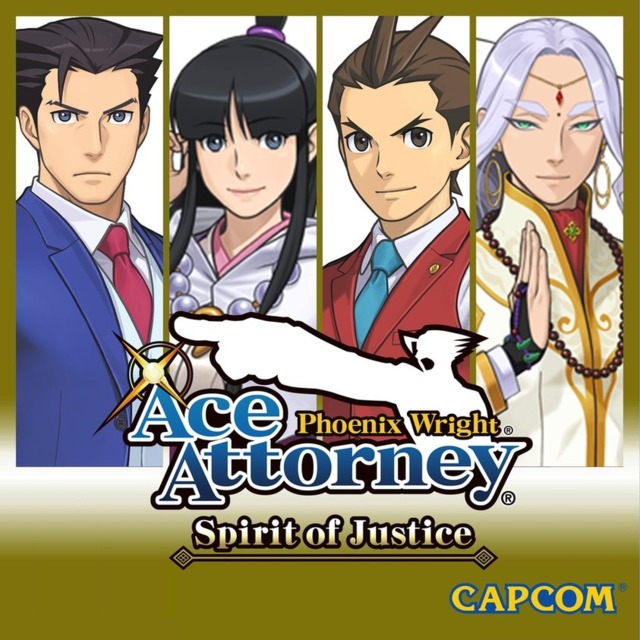
I have this weird habit of putting off playthroughs for the last released games in franchises I enjoy, because it's reassuring to know I'll always have something "new" from that series to look forward to. The Ace Attorney franchise has been a highlight of my portable gaming since the mid '00s, when the original Japanese GBA game made its way to DS and subpoena'd up a small but zealous fanbase with its distinct bifurcated adventure game format and broad Japanese silliness. 2016's Spirit of Justice is, as far as I know, presently the last core game in the series and may be for some time: it wraps up a number of threads in both Phoenix Wright's and Apollo Justice's lives while making major shifts, with Phoenix finally reconnecting with his former ward (and now fully grown spirit medium) Maya Fey while Apollo similarly reconnects with estranged adoptive family members from the foreign land in which he was raised.
I wasn't initially sold on moving the action to the vaguely Tibetan kingdom of Khura'in, with its differing court processes and oppressively dogmatic governance (which almost every antagonist exploits to their advantage in some way), but I ended up appreciating the switch for the new feature it introduces: Divination Séances. A power unique to Khura'in high priestesses (the game only has the one, and she's a bratty princess who occasionally acts as Phoenix's assistant), the Séance allows you to experience the last moments of the deceased in vivid detail. This not only provides a first-person perspective of their murder, which is displayed like grainy film footage, but incorporates other senses like taste, hearing, and smell into the vision through word pop-ups. To frame it in a way the player can analyze, the priestess initially gives her insight into what happened - usually fitting the narrative of the prosecutor - before the defense (you) can start to point out incongruities between the insight and what's shown in the vision. It falls into the same general sphere as the franchise's other gaggle of "deductive" mini-games, almost all of which return here: Phoenix's "psyche-locks"; Apollo's "poker tell" observations; and Athena Cykes (who continues to be a delightful addition) with her emotion-tracking psychotherapy sessions. It almost but doesn't quite hit the problem of feature creep, as the game feels the need to revisit every one of the old favorites while introducing new twists of its own on top.
The Ace Attorney games have a certain formula it does very well, though it also makes it hard to objectively rate individual games within the series. Sometimes it's easier to think of the Ace Attorney series in terms of cases instead: most games have around five or six, and they'll often fluctuate in quality depending on how well-written they are and the cleverness of the deductive puzzles. For instance, there's an Athena-centric case in Spirit of Justice which is entirely removed from the core narrative arc and deals with a family of rival rakugo storytellers: a distinctly Japanese custom I'm sure the localizers had a field day trying to convey to international audiences, all the while maintaining the kayfabe that the world of Ace Attorney is set within the US. The localizers might be forgiven for lifting it out of the game entirely, except that would rob us all of Athena's big solo debut and a welcome return for moody prosecutor Simon Blackquill, whose decision to help Athena with the defense is motivated purely by how his favorite soba chef happens to be the prime suspect. (I'm also generally opposed to removing anything "too Japanese" from games that are sought out by fans for being exactly that, as was the sad case of the original Yakuza 3 localization and its missing mahjong and hostess clubs.) In fact, pretty much all the Stateside cases are a little weaker than the Khura'in ones, though that's largely because the latter carry more narrative weight (and have the Séance novelty factor to assist).
Definitely a game worth checking out if you've been keeping up with the series thus far, but if that's the case you hardly need my recommendation to see how Phoenix Wright's story concludes. (4 Stars.)
Yakuza 6: The Song of Life
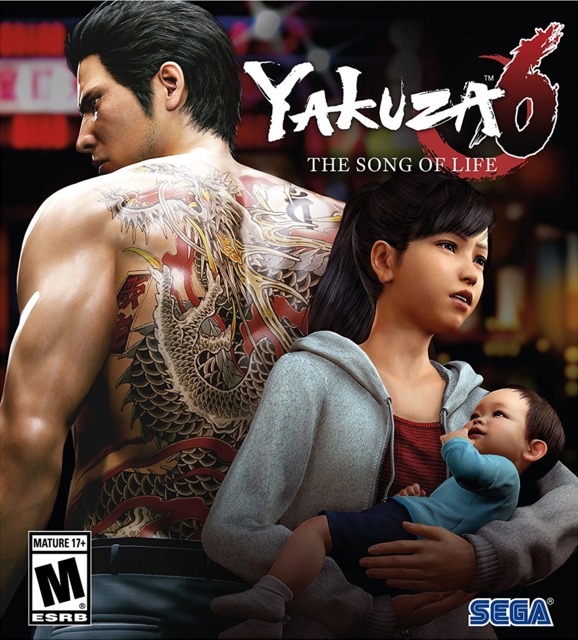
Talking of beloved long-running Japanese franchises which have reached a denouement of sorts, the summertime is when I revisit the flashy lights and seedy underbelly of Kamurocho to see what kind of scrapes Kiryu Kazuma and I can get into. Sadly, this is the last Kiryu game in the series, but given 2018's Judgment and the upcoming English language release of Yakuza: Like a Dragon (a.k.a. Yakuza 7) in November, I don't have the luxury of dithering or I'll fall way behind again. As it is, I only ever play one of these a year because of how dense they are, and by the time I've caught up in 2022 there'll probably be another one if not more.
Yakuza 6 follows Yakuza 0's general pattern of streamlining the series to just the highlights, adjusting its character progression and optional aspects like the mini-games and substories to be more accommodating to those who don't generally have the time commitment to see everything a Yakuza game has to offer. That's not to say that Yakuza 6 skimps too much on providing objectives for you to complete, but it's not going to be the 100+ hour epic saga that Yakuza 5 offered with its multiple characters, each with their own game's worth of story progression and optional buffoonery. To that effect, Yakuza 6 is the first game in the series since Yakuza 3 to go back to just Kiryu as the protagonist, and while it does split its time between Kamurocho and new destination Onomichi (a sleepy fishing town in the Hiroshima Prefecture) the latter isn't exactly packed with activities, by design; rather, it appeals to Kiryu's more middle-aged inclinations, offering a friendly local bar, amateur baseball leagues, and a quaint and relaxing fishing mini-game where you punch Jaws in the face. It still has the same uncompromisingly brutal street fights and ridiculous substories that range from slice-of-life (teach an annoying social media influencer a lesson!) to bizarre (ghost pirates?!) to those that directly reference contemporary media like The Girl Who Leapt Through Time and, uh, Freaky Friday. The core has not been compromised in any way, there's just slightly less of everything in order to, perhaps, focus more on Kiryu's eventual bowing out of the series with a personal tale regarding his adoptive daughter Haruka and her adorable infant son Haruto.
My favorite aspect of Yakuza 6 is the new Dragon engine: it feels very slick indeed and I'm looking forward to seeing it again when I play Judgment (it's also in Yakuza Kiwami 2, but I've no immediate plans to revisit those first two games). The Dragon engine not only affords more physicality to the brawling, with the added bonus of sending opponents ragdolling around the place, but the environments become fully destructible too. You can actually get into trouble dragging a street fight into a place of business, busting through the full-length windows of a Smile King burger emporium and breaking a bunch of chairs and tables in the process. It seems mostly for show - unless you're physically swinging a piece of furniture around, knocking enemies through a table or window doesn't seem to increase the amount of damage you do in any significant way - but it certainly makes the fights more visually arresting and dynamic. You've still got a (slightly reduced) array of wince-inducing Heat Actions to perform, as well as a Heat "mode" that temporarily renders Kiryu invincible that also allows him to recall some of his "Beast" techniques from Yakuza 0. And, as always, there's the Komaki Tiger Drop: much of Kiryu's Komaki training was removed as part of the new streamlined character progression system, but the (very expensive) killer counter move is still present. I can't tell you how much I relied on that tech throughout Yakuzas 1-5, but it's the "visceral attack" of the Yakuza franchise and I can scarcely imagine playing those games without it (though with Kiryu out of the picture in future entries, I suppose I'll have to).
Yakuza 6 probably falls somewhere in the middle of my overall Yakuza series ranking, but it's not a disappointment by any measure. There are highlights I'll remember (Beat Takeshi's doddering Hiroshima patriarch for one, and the indefatigable cheerfulness of mascot hero Ono Michi-kun for another) and lesser ideas I could do without (the tactical army brawling mini-game full of pro wrestlers was not for me) so while it wasn't some magnificent swansong peak for Kiryu's ten-plus year journey it was still a highly entertaining and totally competent send-off. (4 Stars.)
Wolfenstein II: New Colossus
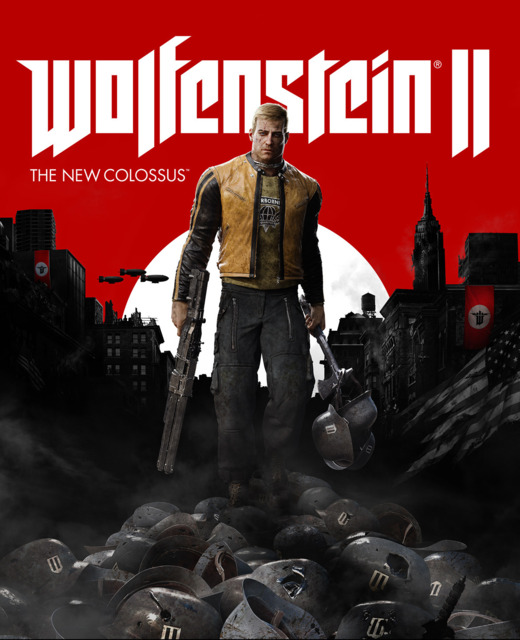
I was planning to write a separate blog about Wolfenstein II: The New Colossus at some point before being distracted by something else, and the title would've been a Simpsons-esque "Dichtomy, Die!" ("no-one who speaks German could be evil!") because Wolfenstein II is fundamentally a game that splits its gameplay and progression focus between two diametrically opposing forces: stealth and balls-out action. Most of the combat sequences in the game are compartmentalized, so you might wander through a few empty rooms (empty of enemies, at least; the game is filled with collectibles and lore items) before coming across another group of soldiers who somehow didn't hear the ruckus a few chambers over, giving you a chance to start stealthy again. Many of these groups have one or more "commanders" that need to be removed before any of the soldiers know you're there; the reason being is that commanders can sound alarms that generate endless numbers of reinforcements that overwhelm you pretty quick, especially on higher difficulties. This makes it very unpalatable to just run and gun your way to the commander(s) and take them down, because the incurring damage numbers are far more severe here than they might be in the Doom reboot (the only other series doing this type of fast-paced shootout, besides perhaps Serious Sam and a few Indie throwbacks like Dusk), and yet the game is built in such a way to suggest either approach is valid. In fact, they kind of want you to do both: there are separate progression skill trees for both stealth and "mayhem," so I think you're supposed to alternate to get the most bang for your buck.
Anyway, my point is that a stealth game and an all-out gunfight sim have different priorities when it comes to design, from the mechanical foundations on up. Stealth games focus on perception and timing, providing the player with as much visual information as they might need to understand enemy patrols and their sight/hearing cones so that the player can move quickly and decisively when the moment is right. The stealth action genre, which I believe has reached its present apex with IO Interactive's Hitman franchise, is very much a measured, tactical affair that rewards patience, foresight, and hurried improvisation. There's an entirely different skillset - and thus different game design philosophy - for a big, loud, exciting shooting gallery; look to the recent Doom remakes for an example of how to do that right, if your focus is purely on clearing a room of enemies as quickly and as brutally as possible while mitigating health loss with rapid, often strafing movement. Various smart feedback loops - e.g. melee kills generate more ammo drops, ideal as you're usually resorting to melee only because you ran out of bullets - allow you to keep the kill train moving, and it almost becomes this ballet of blood as you glide from one gibbed monster to the next. Wolfenstein II tries to straddle this line for, I guess, not only the sake of player choice but to call back to the first two games in the series: the very stealth-focused C64 Castle Wolfenstein and the famous Doom precursor Wolfenstein 3D for DOS.
Looking outside of the gameplay, however, the game is a frequent delight. Its surreal yet sinister take on an alternative 1961 where the Nazis won World War II and have become complacent as the world's conquerors, taking to colonizing the Moon and Venus for lack of anything else to do or minorities to snuff out, is lore-rich and there's a large number of allied NPCs with their own quirks and personalities to talk to between missions. It's sometimes a joy just to explore Eva's Hammer - the enormous U-boat dreadnought turned mobile Resistance HQ - and chew the fat with the gaggle of eccentric freedom fighters that protagonist BJ Blazkowicz helped liberate, which includes the Dachau prisoners and multinational Kreisau Circle rebels from the previous game and later Grace Walker's Hidden Figures-style all-female team of codebreakers and Horton Boone's ragtag pack of Louisiana Nazi hunters. The game's episodic structure, partially designed to extend the game's longevity, means getting to revisit a lot of previous levels for new objectives and another excuse to scour the place for any missed collectibles, some of which can only be found on these return trips. I frequently found myself rushing through the combat encounters to give myself breathing room to look for more cool stuff like Nazi propaganda newspaper clips about various '50s and '60s Americana (Roswell and Area 51 feature heavily in the plot) or albums from contemporaneous musicians now forced to sing in German, and the worldbuilding - for as distressing as it is, especially in the current climate, to imagine a global leadership so right-wing - is top-notch. There's a reason, I discovered in retrospect, why the 2017 Giant Bomb GOTY discussions included an entire category on "Best Wolfenstein II Moment or Sequence": it was worth muddling through that often unsatisfying combat just to see that story play out. (4 Stars.)
Ever Oasis
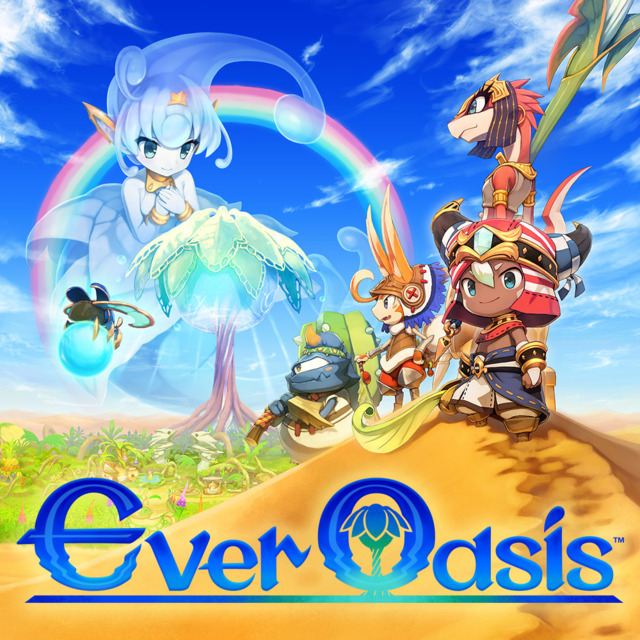
I wasn't entirely sure what to expect from Ever Oasis, since it reviewed well but not that well and generally went ignored by most of the game press (including Giant Bomb) for being this niche little 3DS RPG released three months after the exciting new Nintendo Switch platform. It turns out to be a very portable-friendly version of something like Little King's Story: you're the leader of a settlement who must build it up incrementally by recruiting new citizens (this often involves a fetch quest or two) while keeping the populace happy by investing in their livelihoods. Most citizens are seedlings: a diminutive race of beings able to create tree-like structures which they turn into storefronts for various products, and the more you recruit the more money you bring to your oasis provided you can keep these merchants supplied with the materials they need. To find said materials, invite new denizens, and progress the story, you have to leave the safe confines of your oasis to run around exploring dungeons and fighting monsters in an action-RPG format.
I'll say from the outset that neither the town-building or the combat is all that compelling individually, though having you alternate between the two does alleviate this somewhat. The game is very focused on always giving you short-term goals to pursue, whether that's a side-quest to recruit a new villager or a different side-quest to upgrade one of your existing storefronts (which increases its generated revenue and product line, the latter often needing rarer ingredients) or a revisit to older dungeons with a new ability in explormer fashion. You might take a gamble on one of the game's handful of procgen dungeons, generated with a "seed" of lithograph tiles that you need to find beforehand. You could decide that you want to craft upgrades to your current weapon or accessories and go material hunting for those. If nothing else strikes your fancy, there's always another dungeon destination for the story to go, which tends to involve a lot of environmental puzzles based on seedling abilities: you can recruit two followers to join you when exploring, and you'll often need to call on their inherent skillsets to progress. To that effect, it's sort of like a Zelda game where you can only take two items with you, and they'd better be the two you need to complete the dungeon.
Fortunately, the game is nothing if not considerate to your time. Not only are there plenty of fast travel points, but you can immediately warp back and forth from the current dungeon chamber to your home oasis in case you need to swap in someone else for their unique talent, or for any other reason. You have to play for a few hours before unlocking this "Aqua Gate" town warp, but it becomes indispensable thereafter. Combat can be tough but not unmanageable, with a basic combo system of light and heavy attacks that expands as you level up; the player character also has a selection of weapon types to use, some of which like the staff and crossbow are needed for dungeon puzzles also (the staff to light up dark rooms, the crossbow to hit distant buttons). Delegating is often the key to fast-tracking some of the more item gathering-heavy aspects of the game's progression, assigning your denizens to the oasis's garden for necessary flora or sending them off in expedition teams to scour previously visited locales for their unique spoils to save yourself the trouble. There's always a lot of plates spinning but very rarely are you pressured to do any of this to make persistent forward momentum, as long as you keep your gear up to date and stack plenty of healing items. There are aspects of a sort of mobile game philosophy involved (though thankfully no microtransaction "time-savers" or anything of that nature) with the constant stream of short-term, short-duration goals to pursue, which is appealing in the sense of keeping you constantly busy with distractions, and it seems absurdly dense for what it is. I might not speak highly to any one aspect of its make-up, but as a package deal played in small bursts it's oddly riveting. (Did I also mention it's as cute as a button? Even the tribe of gluttonous scorpionmen are cuddlesome.) (4 Stars.)
Danganronpa Another Episode: Ultra Despair Girls
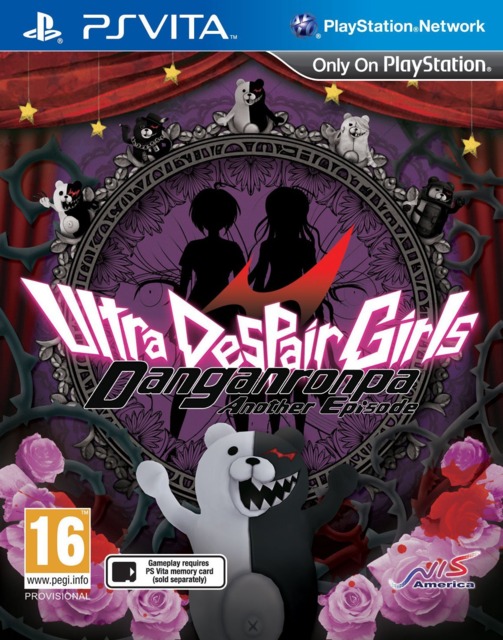
Ultra Despair Girls is in some way a departure for the Danganronpa series, switching from the adventure (with occasional obnoxious hangman puzzle) gameplay to a third-person shooter, but it also feels like something you could feasibly build into the original games with their first-person exploration. Rather than a few screens of hotspots to pursue like most adventure games, the series has you traipse through mostly empty 3D environments to get to important destinations (like, say, the crime scene) so tossing a bunch of hostile Monokumas into those corridors for you to shoot along the way isn't too far afield. Stylistically, the game is as Danganronpa as the rest: there's a certain chaotic punk rock energy to the aesthetic and attitude throughout, and a story that is equal parts cynical and irreverent.
Ultra Despair Girls follows Komaru Naegi - the sister of first game's protagonist, Makoto Naegi - who is a self-acclaimed "totally normal, uninteresting highschool girl" originally captured by the first game's antagonist as incentive to force Naegi to partake in Danganronpa's "Killing Game" with fifteen other students. She and a few other captives, all relatives or otherwise important people to the cast of the first game, manage to escape but are threatened by an army of killer robotic Monokuma bears: the breakout star of the series who is half Persona 4's Teddie, half T-800, and all sarcastic sleazebag who performs an expository function similar to Jigsaw's puppet from the Saw movies. Komaru is joined by one of the survivors from Danganronpa, the "Ultimate Author" and deeply messed up Toko Fukawa, and together they work to escape the deathtrap they've found themselves in.
Ultra Despair Girls's combat revolves around a megaphone-like weapon that projects junk programming code to fry the Monokuma bots' circuitry, though it can also produce a number of other effects that the player unlocks gradually throughout the game. Some of these aid in the game's puzzles: there's an "open" function that activates door switches and other electronic devices, and a "reveal" that works like a blacklight to find secret hints and collectibles. The rest aid in the combat some way, from paralyzing a target to make it easier to shoot their weak spots (for every Monokuma, it's their left eye) to forcing them to dance (siren enemies, which normally sound alarms, will draw enemies to them while dancing, allowing you to finish them all off easily) to even temporarily taking control of them. While you don't need to rely on these additional functions in normal encounters, there are special "arcade rooms" where you're meant to solve a puzzle: destroying all the robots in a single move while evading their attention entirely. Some are easier than others, especially when you're required to use several functions in tandem. Otherwise the game is pretty reminiscent (probably deliberately) of horror-themed third-person shooters like Resident Evil 4 or The Evil Within: a lot of over-the-shoulder gunplay and sudden ambushes in dark spaces, while hoarding what little ammo and consumables are available along with vital currency for the next vendor visit. If all else fails, you can rely upon Toko Fukawa's homicidal alter-ego Genocide Jack to quickly take out a room of foes.
Despite having a more action focus, Ultra Despair Girls stills spends a considerable amount of time with expositionary dialogue and conversations between the two protagonists, building a tumultuous rapport and establishing much of the world's lore through side chats and via the occasional NPC they meet while on the run. The antagonists are a group of grade-schoolers who fancy themselves as a party of heroic RPG classes, which creates a lot of uncomfortable moments as they make pedo jokes or are implicitly killed off after you defeat their Super Sentai-like boss mecha. The story ties in quite extensively with the first Danganronpa, but there's a few Danganronpa 2 character details that might be spoiled if you play this game first, so it's ideally taken on between Danganronpa 2 and V3. I'd also suggest that it probably isn't all that essential for fans of the franchise who might not care for the new gameplay model, though I did like how it felt like a B-tier PS3 action game akin to a Lollipop Chainsaw: it feels like a long time since I've played one of those, since the B-tier has all but dissipated since. (4 Stars.)
Black Mirror

On a whim, I booted up this Gothic horror adventure game from King Art Games (who were also behind The Book of Unwritten Tales point-and-click series, which I'd highly recommend). A few of their lesser known games showed up in a THQ Nordic PlayStation Humble Bundle a couple of years ago, and have been gathering dust on my PS4's HDD ever since. Black Mirror is actually based on a Czech series of much more elaborate, if slightly outmoded, PC adventure games that revolve around a cursed manor deep in the Scottish highlands. This 2017 version is more of a reboot than a sequel, revising plot details and characters from the first game to tell the tale of David Gordon, who visits his grim family estate for the first time after the apparent suicide of his father John. The manor currently houses a couple members of David's extended family - his grandmother Margaret and cousin Eddie - as well as the curt butler Angus, ornery groundskeeper Rory, and skittish maid Ailsa. Shortly after arriving, the same sinister eldritch powers that pushed John over the edge start to dig their claws into David, and it becomes a race against time to discover the manor's supernatural secrets and avoid a similar fate.
Black Mirror lacks any manner of combat, but is otherwise similar to horror adventure games where you investigate grisly murders for the ethereal clues left behind, find secret rooms and rifle through hidden drawers, read a whole lot of documents, and interrogate NPCs. You spend a lot of time wandering through the rooms of the mansion looking for the next progression trigger, though it's thankfully not a huge place (though still a little confusing with its geography and lack of map), and the puzzles are all straightforward enough and tend to involve paying attention to visual cues and having the right items on hand. It's pretty buggy and the localization isn't always as clean as you'd hope: there's one point where the hero's journal refers to another character by a completely different name - whether it was changed in the localization or from an earlier version of the game is unclear, but it was a little strange. It also crashed regularly but auto-saved enough that it was only sort of annoying, which might be an issue inherent to a small studio porting a PC game to consoles: there's little reason to get the PS4 version over the PC otherwise, unless you want an easy Platinum.
I hold the firm belief that The Book of Unwritten Tales are some of the best modern point-and-click throwbacks, balancing some decent fourth-wall-breaking fantasy humor with a whole lot of smart, appreciated quality-of-life touches, so I was disappointed to find that Black Mirror was yet another run-of-the-mill janky adventure game without anything like, say, the distinctive uneasy weirdness of Pathologic to set itself apart. It can be attractive enough, and does a deft job visually creating scenarios like a scene where David hallucinates being underwater surrounded by the fish of the nearby loch, but in both story and gameplay terms Black Mirror a wholly unremarkable game. (Also, I didn't get attacked by an iPhone once! What kind of Black Mirror TV tie-in is this?) (3 Stars.)
Lost Sphear
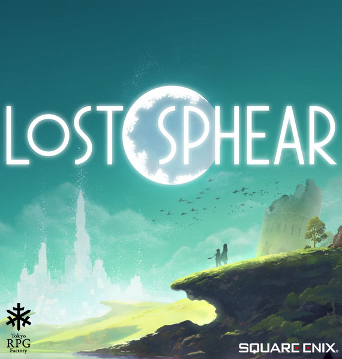
I may have been a little prematurely harsh on Lost Sphear when I lambasted it in this piece regarding how faithfully it attends to its roots, to the extent that it felt like a PS1-era RPG warts and all, contrary to more interesting throwbacks coming from the Indie space that take the 16-bit or 32-bit JRPG templates of old and finds bold new directions for them. Turns out, Lost Sphear is something of a late bloomer when it comes to game mechanics, not unlike Eternal Sonata (which has a super fun combo system, but you wouldn't know that from the first twenty hours where it's hardly applicable) or Final Fantasy XIII (which is very stingy about rolling out features, right up until the end).
Lost Sphear's combat starts out kind of chaotic and unmanageable at first, with an unreasonably high level of difficulty with how bosses will hit you with the cheapest tactics. For instance, there's one boss fight that, when the boss was near death, it instantly healed back to full while hitting one of your own allies with an instant death status attack. The introduction of Vulcosuits, powerful mecha with moves that draw power from a party-wide gauge that drains very quickly, were initially too limited to be all that useful without the mid- and late-game boosts to said party-wide gauge. However, the game introduces a few important mechanics a little ways in that are easy to miss, so tossed away are their explanations and related tooltips.
The first, and more obvious, are artifacts: these are created at specific points on the world map and can provide local and global effects, from boosting physical attack power at the cost of magic attack power (or vice versa) to increasing XP or gold yield from battles to quality-of-life touches like faster overworld movement or seeing enemy health bars (both of which may have been better off being on by default). As you explore more of the world and acquire more artifact recipes, you can start tinkering around with some very powerful bonuses, though there's an insidious downside in that the majority of artifact buffs are universal: that is to say, they apply to enemies too. You can either risk giving your foes opportunities they'll exploit as often as you do, or simply stick to the power-ups that are unique to your party's capabilities (say, those that only affect Vulcosuits). My favorite was probably the one that made every encounter a "pre-emptive attack," giving you the advantage.
The second, and much more involved and potentially overpowered, are the sublimations, which are going to take a lot more explanation. The game has these Final Fantasy VII Materia-like upgrade items called "spritnite," which are used to give characters new combat skills, power-up weapons and armor, or provide passive abilities. They can also be attached to what's called Momentum Mode: your characters slowly gain a special attack currency called Momentum after giving and receiving damage or by waiting to execute their turn once their ATB gauge is filled. If you attack and hit a trigger button while you have one of these Momentum slots filled, you'll burn it off to do more damage. Simple enough so far. However, if you enhance an ability spritnite (which gives characters their skills) with a special Momentum spritnite (which you have to craft separately) you can attach additional elemental damage types, status debuffs, player character buffs, solo or group healing, and many other benefits by hitting the same Momentum trigger. This, in effect, gives you a huge amount of customization potential for each character's skillset, e.g. a big AoE attack that now also inflicts poison on every enemy, or a single-target cure spell which is accompanied by a group cure Momentum effect for maximized healing. However, you then go one munchkin level higher with sublimations: these are rarely-occurring instances where a Momentum effect applied to a skill becomes permanent, and can increase in intensity if you keep the same Momentum spritnite equipped for multiple sublimations or else diversify with multiple effects if you use the same skill with different Momentum spritnite equipped. So that same AoE skill that once poisoned every enemy might, after a few more sublimations, also slow them down, buff the user's attack power, and heal the player's entire party in one fell swoop. You can start to see just how broken a system like this might become if you remember to keep at it, switching around Momentum spritnites when they've been sublimated enough and focusing on what makes the most sense for which types of skill. A group attack skill is a good opener because more enemies are still alive at the start of a battle, so that'd be an ideal choice to slip in something debilitating like slow or petrification to keep large enemy groups from retaliating; conversely, a stronger and more expensive solo-target attack skill that you'd normally reserve for bosses would be better off with a healing spritnite effect or a defensive buff, because you're likely to see a lot of incoming damage from those high-risk battles. (Man, I said "spritnite" a lot just then. Hope it was easy to follow.)
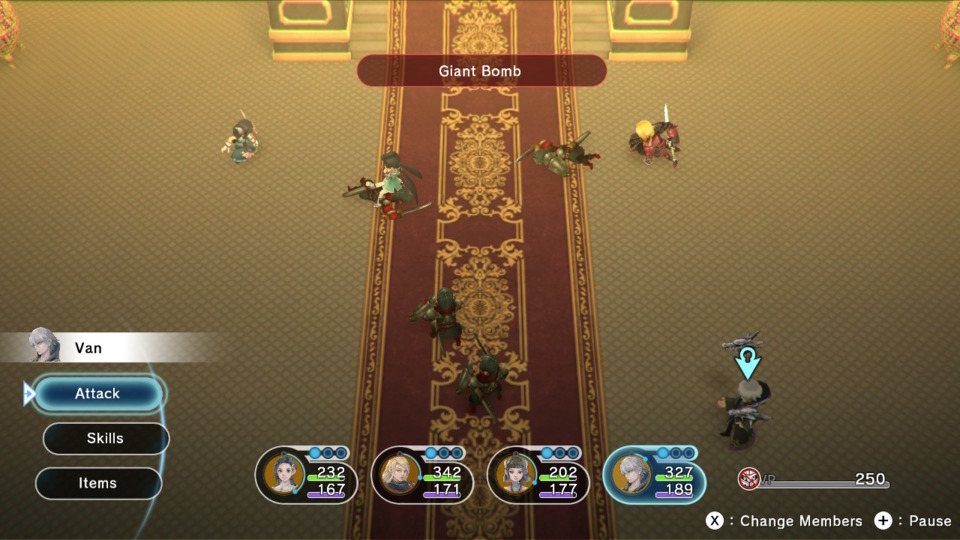
I won't say Lost Sphear suddenly became a Game of the Year candidate moments after I started taking sublimations seriously and had fun throwing a dozen status effects around after every turn, but it definitely helped me understand what the developers were going for with their particular spin on an ATB-style combat system. The plot, which initially had an interesting metaphysical angle to the way objects and towns appeared to blink out of existence to be replaced by a blurry white nothingness, had a few compelling seeds let down a little by some rote characterization, but it really starts to go places once you learn a little more about the world's backstory and its oddly antagonistic relationship to its own moon (which is another Final Fantasy staple, I feel) and the late-comers to the party were much more fun to use in fights. Sadly, the last two recruited characters are spoilers so I won't discuss them here, but in addition to an improved party dynamic you get a pretty decent mix of roles and skillsets with the eight characters provided (fortunately, Lost Sphear is at least enough of a modern game that it applies all XP gains universally, meaning no-one is ever too far behind if you decide to mix it up with the active party). Best of all, you don't have to put your all-rounder milquetoast protagonist Kanata in the party if you don't want to.
It's a hell of a review angle to tell people to "stick it out" when it comes to RPGs, since that implicitly asks them to dedicate twenty or more hours to a sub-par gaming experience before it "gets good," but Lost Sphear hopped from a moderately intriguing three-star RPG to a richly rewarding four-star RPG once it fully loosed the training wheels. And also, just so you don't get me wrong here, bosses continued to be absolute jerks right up until the end-game: exploiting artifacts and sublimations helped a great deal, but there were plenty of touch and go turnabout moments that felt right out of a classic Squaresoft joint. I think these Tokyo RPG Factory people know their onion(knight)s all too well... (4 Stars.)
Coming Up
- I've just finished up a JRPG, so if I'm following my usual protocol I'm looking to start a CRPG next. My primary target is Obsidian's Tyranny, which is getting close to four years old now and it's been at least two since I actually bought it, but there's also Pathfinder: Kingmaker from Owlcat Games. The latter I'd been waiting on until it saw more patches (and I'm still not convinced I'll be able to run it) but seeing how it's stable enough these days, I imagine it'll be a coin flip between the two.
- Ultra Despair Girls was just the aperitif to an upcoming Danganronpa V3: Killing Harmony playthrough, which I intend to start sometime next month. I've heard that it doesn't continue the plot of the first two games, which is why it has the "V" next to its number: the actual Danganronpa 3 - and conclusion to the whole Hope's Peak Academy arc - is an anime series, which is honestly an equally valid medium for this franchise. Anyway, it's another 2017 game for my big checklist and an eccentric series I've enjoyed in the past, so I'm looking forward to more colorful murders and ridiculous whodunnit logic.
- Moving laterally to visual novels now, I recently acquired both 5pb.'s Steins;Gate 0 continuation/"interquel" and another from the same series, Chaos;Child. They're both considerable in length - longer than actual novels, in some cases - so I might have to carve out a week for either or both this coming autumn when I'm in the mood for something more leisurely.
- Other less concrete plans include starting the standard PS4 version of Dragon Quest XI in December - I'm waiting for that "S" Definitive Edition update to hit PS4, as even though it'll be a paid upgrade I'm curious if they'll patch in some of the more general quality-of-life enhancements to the standard version. I also want to see if I can grab the next Trails in the Sky (the 3rd) in a Halloween or autumn sale because playing Second Chapter earlier this year has reignited a fire to see that series through, though so far it's yet to drop more than 25%. Ditto for buying and playing Ys: Memories of Celceta on PS4 before the Ys IX localization releases early next year. I might also finally get around to some of my remaining PS3 holdovers, in particular Tales of Graces F or Catherine, since we're staring down the barrel of the PS5 launch in November. (I don't plan to get a PS5 anywhere close to launch, of course, but the PS3 is what's going to make room for it once I finally do get my hands on one.)
As for the illustrious game industry's newcomers for the last quarter of this year, or at least the handful that haven't yet been confirmed as delayed until 2021, here are my picks (with present ETAs):
- Amnesia: Rebirth (October 20th): October's kind of a big wasteland, which is a shame because it's my favorite month (my birthday and Halloween occasionally show up the same week). Still, if you're looking for a spooky game for everyone's favorite holiday, a new chapter in the Amnesia series from the original The Dark Descent developers Frictional Games sounds like the perfect way to celebrate. Hopefully Abby and Vinny have it pencilled in as the finale of Six Crazy Frights this year.
- The Legend of Heroes: Trails of Cold Steel IV (October 27th): Talking of finales, the final chapter of the four-part Trails of Cold Steel series joins its predecessors with a localization, though currently only for PS4. It'll be a while until I get around to it - there are six more games between ToCS IV and where I'm at - but it's an anticipated release for sure. I just hope GB doesn't decide to make the last chapter of a serial RPG that is itself the third part of a larger anthology the place they choose to start covering these games...
- Watch Dogs: Legion (October 29th): Put this one down as a very tentative maybe, since I've really been on the outs with Ubisoft of late, and that was before I heard about all the abuse going on over there. Chasing out anyone who had an iota of innovation beyond "more towers to climb!" by throwing chairs at them or groping them in the bathrooms until they left or shut up explains way too much about every Ubisoft release from the past five years. However, I still plan to play Watch Dogs 2 soon (since I already bought it) and this new one's set in my home turf of the UK, so if it ends up getting rave reviews then... I'll probably still skip it anyway, but hey.
- Demon's Souls (November 12th): Odd to think that November 10 and November 12 will see a huge amount of hubbub on Giant Bomb and elsewhere due to the respective console launches of the Xbox Series X/S and the PlayStation 5, and yet this Demon's Souls reboot is the only game in either launch library I have all that much interest in (all right, fine, Spider-Man: Miles Morales, that Sackboy game, and the Astro-Bot thing are other strong wishlist possibilities). I've played Demon's Souls to death already, but I'm excited to see this glorious next-gen rendition in action. Do they keep world tendency? Will they even deign to explain world tendency? How grossly incandescent will those crystal lizards look as they leap off cliffs to escape you? I'm getting chills.
- Yakuza: Like a Dragon (November 10th): Oh right, I almost forgot about this. I think a recent announcement from Sega says that it'll be available on all current and next gen consoles on the 10th (or the 12th for the PS5 launch) so I'll be grabbing the PS4 version at some point soon I'm sure, though following what I said above about one Yakuza game per year it won't be until 2022 when I actually boot it up (if we're all still here of course).
- Cris Tales (November 17th): I've only heard the occasional bits and pieces about this new Indie JRPG throwback, but it certainly has a look to it and I appreciate any time-travelling mechanics in my RPGs. Definite wait and see. I know I have a few friends who preordered it, so I'll annoy them for details later.
- Cyberpunk 2077 (November 19th): Provided it actually does come out on its most recent "confirmed date," Cyberpunk 2077 is the year's highest profile game and not something I'm likely to avoid hearing about even I decide to demur on picking it up right away. I feel like every newly released detail that draws me to this game (Strange Days VR stuff! Keanu Reeves!) is immediately followed with some dumbass transphobia or some other equally outmoded thinking, when a game as open and futuristic and expressive as this has every opportunity to unite the whole world together... against the corporations, finally. I clearly have far too many hopes pinned to this thing.
- Twin Mirror (December 1st): I'm falling far behind on DONTNOD - I haven't looked into Tell Me Why yet, nor Life is Strange 2 - but it sounds like their games haven't dipped in quality at all. As a lifelong adventure game fan fascinated by the myriad new methods with which developers explore narratives in the modern Indie age, I'm inclined to eventually play everything they're putting out, including this upcoming vaguely Alan Wake-style psychological thriller (though it's supposedly not supernatural in the slightest?). The rest of December's still a little too up in the air right now, but hopefully we'll get some more announcements soon that I can use to pad out a list to Santa.
Nothing else is really jumping out at me right now, though there's a few supposed 2020 games that haven't nailed down release dates yet - I'm really curious to see if we get Axiom Verge 2, Bugsnax, or The Pathless this year. In terms of Giant Bomb content fodder, Kerbal Space Program 2's supposed to be a 2020 release too, but I'll believe it when I see Vinny try to launch a bunch of terrified potato people into space while strapped to a poorly constructed nuke.
Let me know what you're hoping to play in the coming three months, that is if your eyes haven't glazed over from this massive wall of text. Sorry about that! I have a lot of stuff to say, turns out!
Next Time: What I Played in my Autumn Quarantine, followed by What I Played in my 2021 Quarantine.

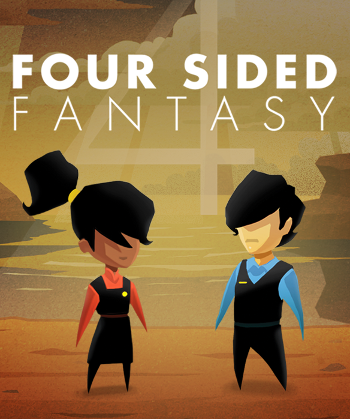
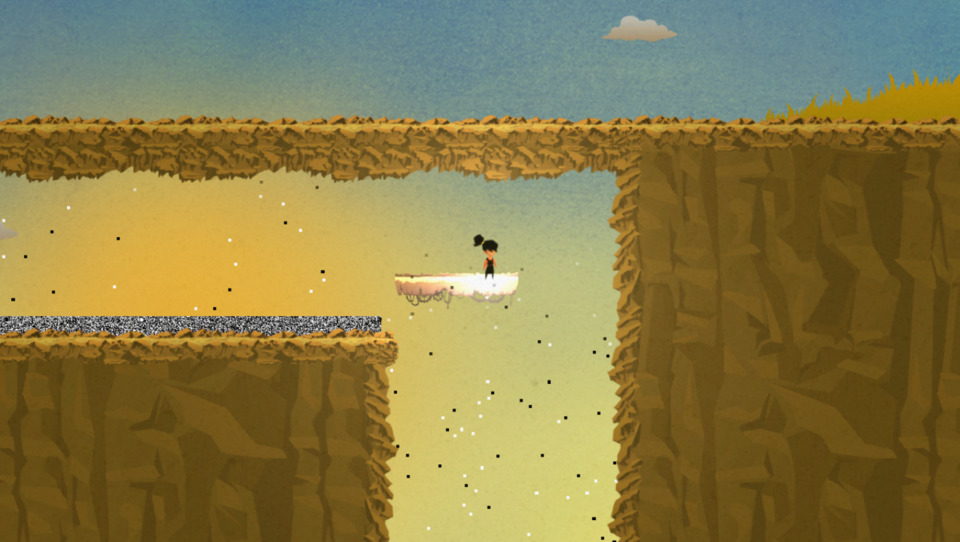
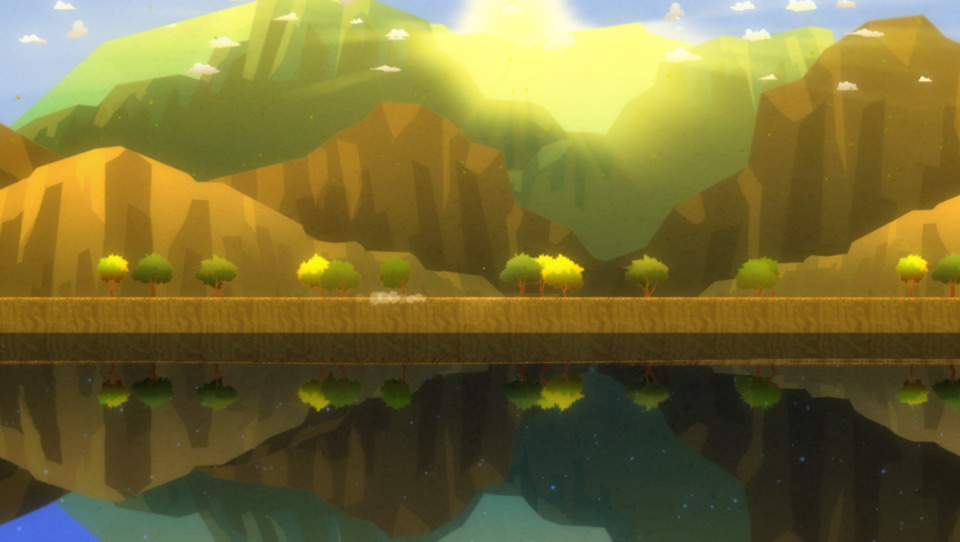
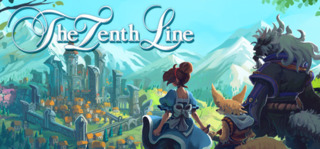
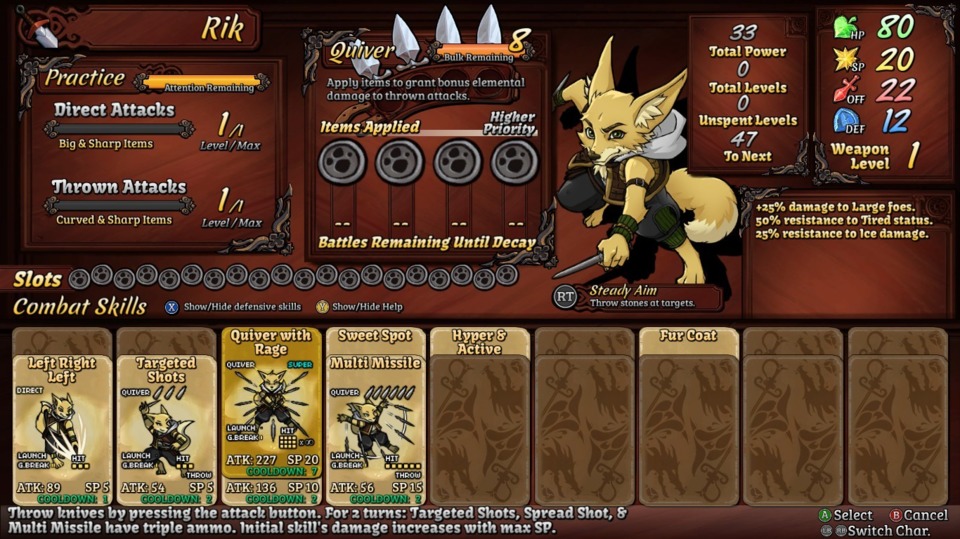
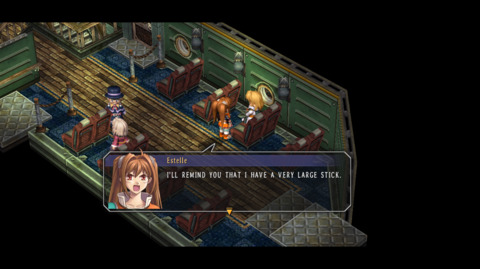
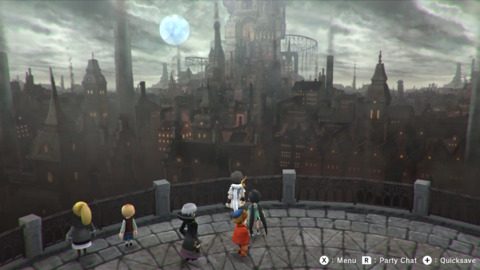
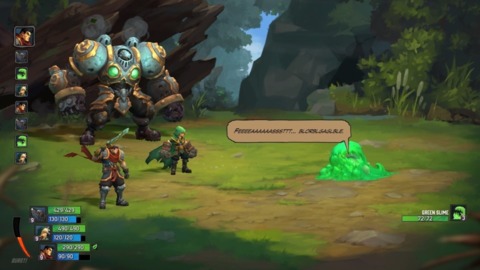
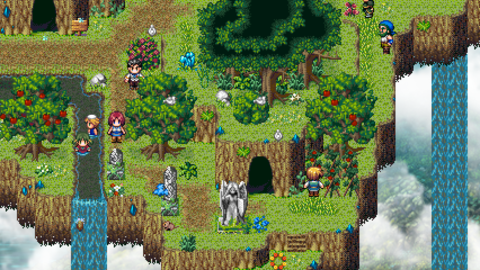
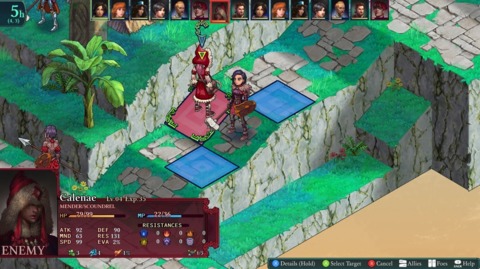
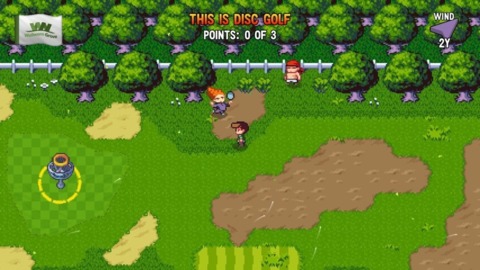
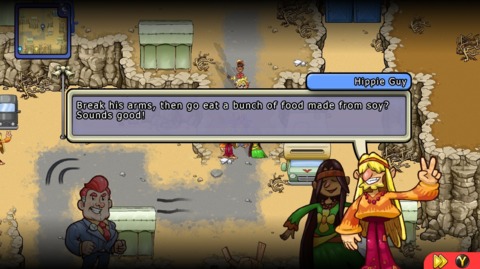
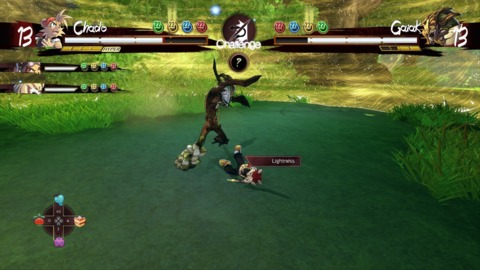
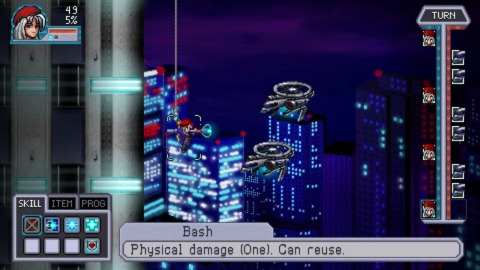
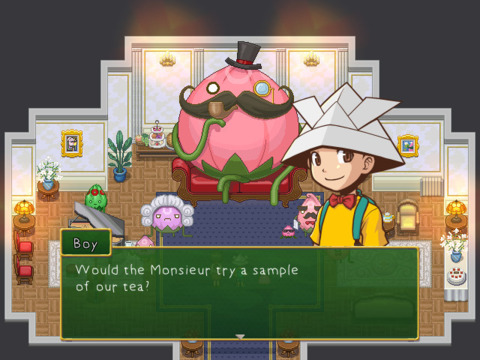

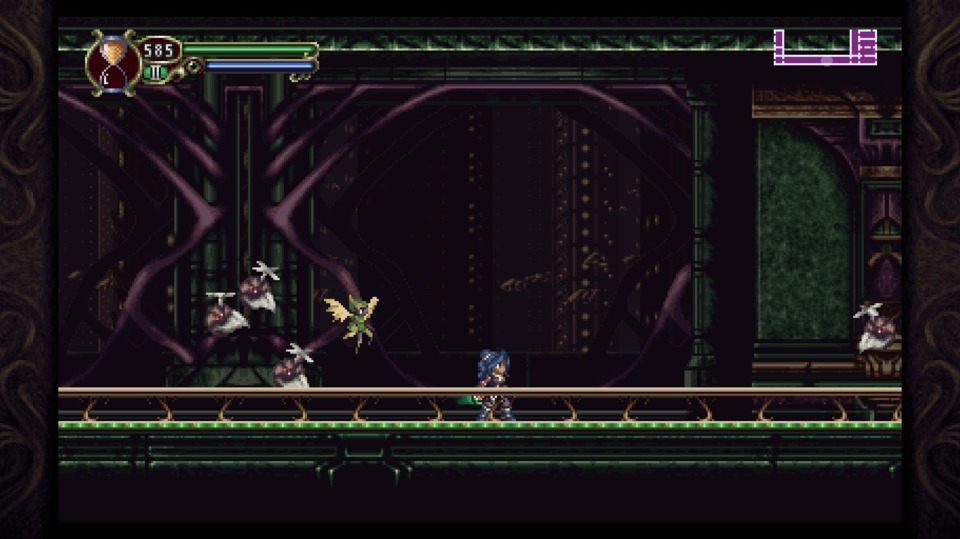
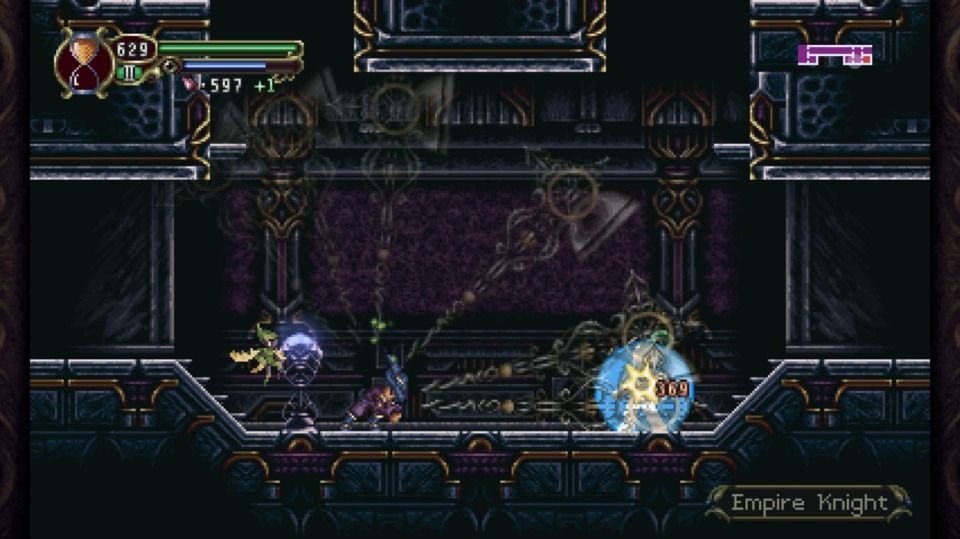
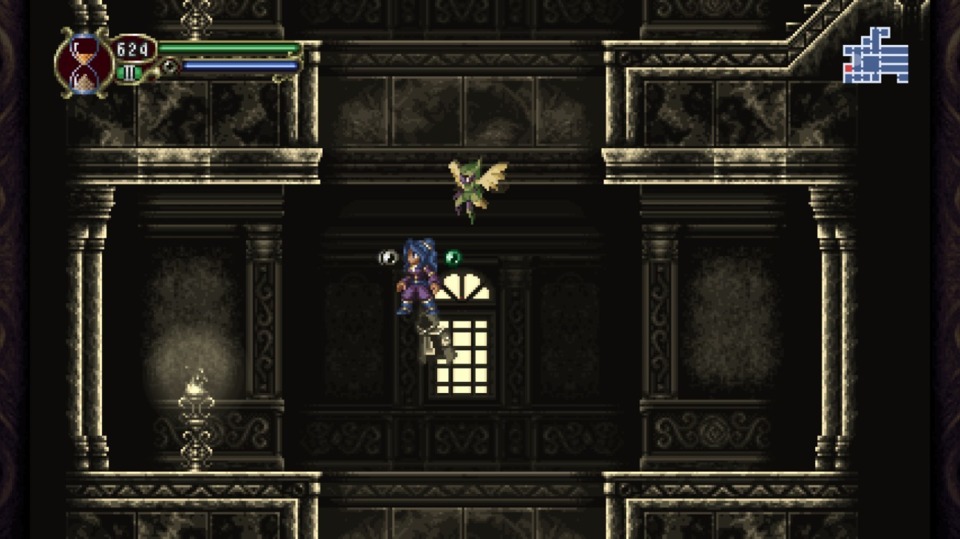
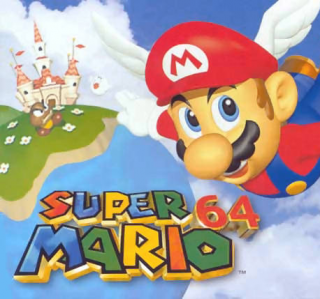
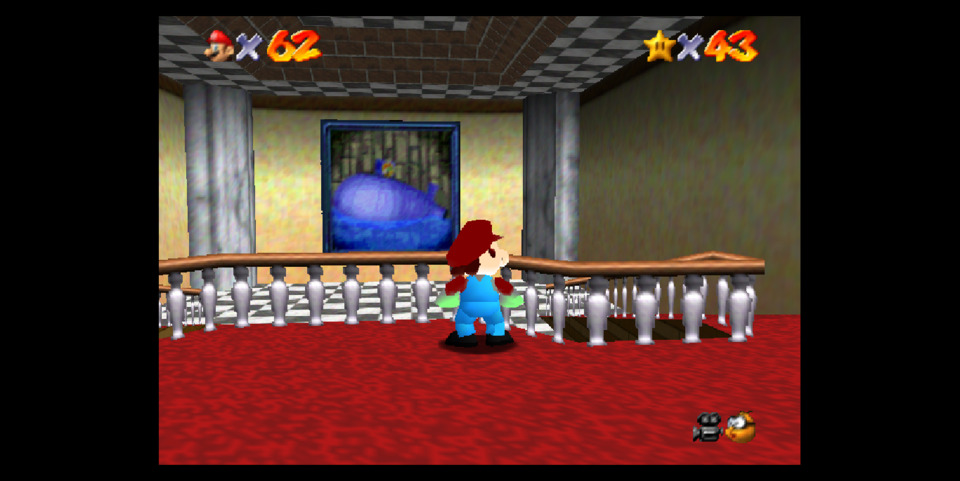
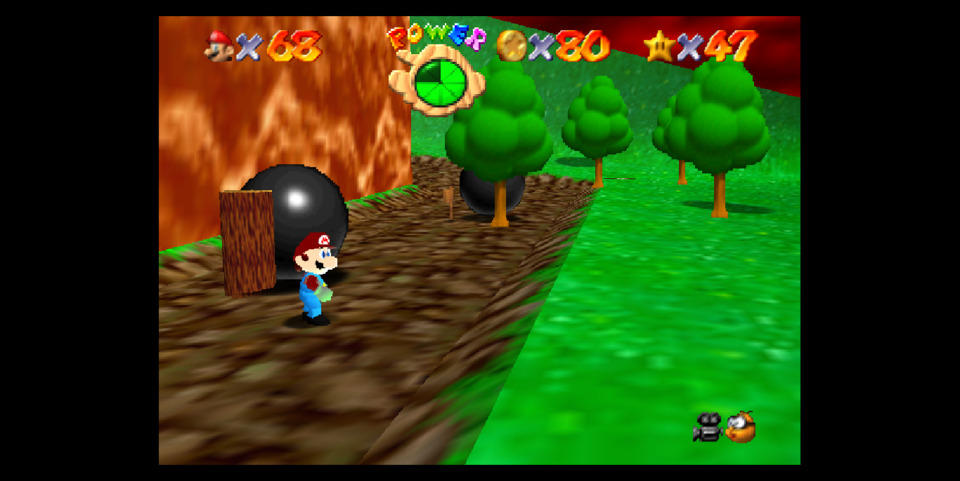
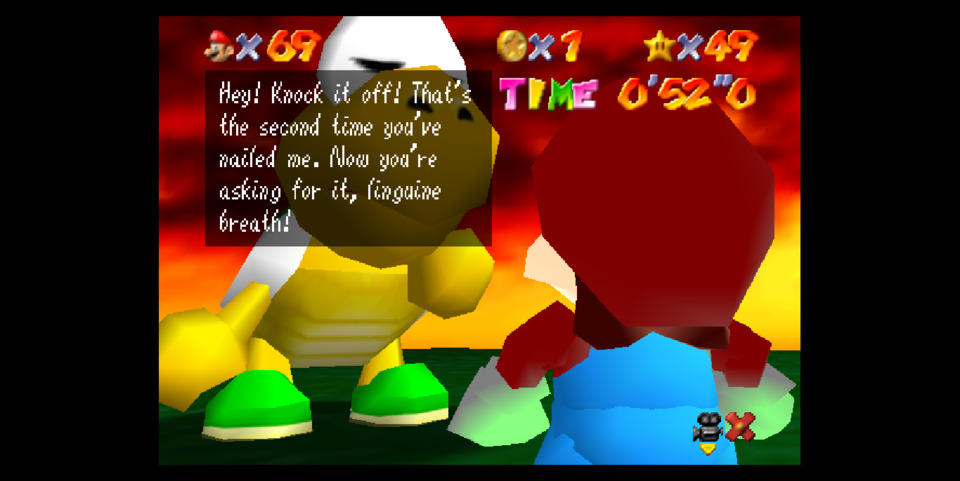
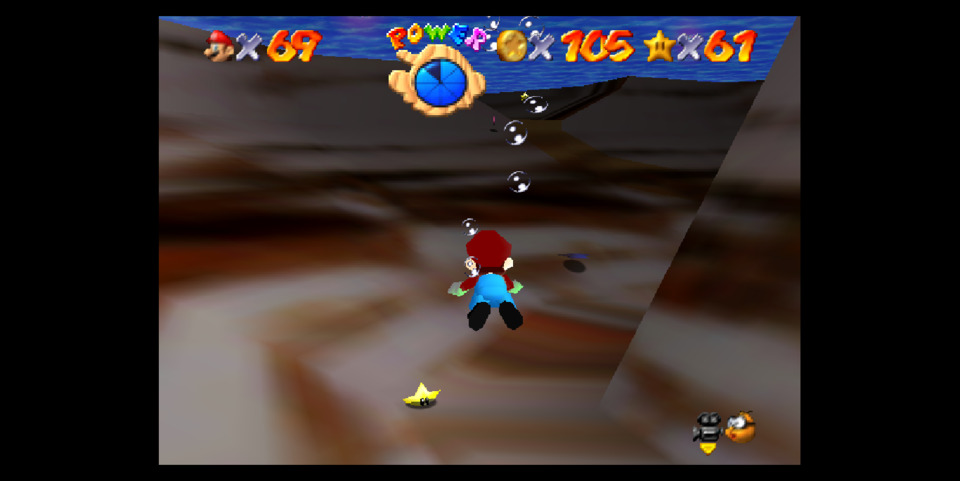
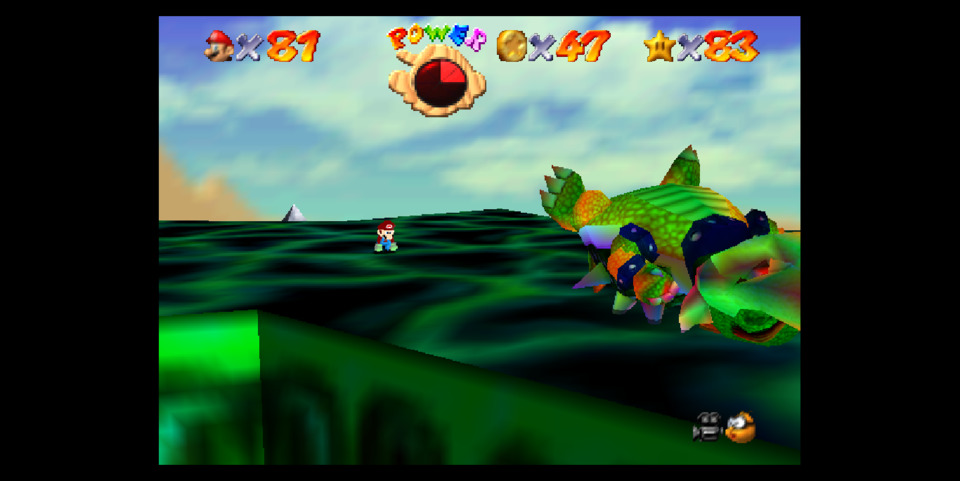
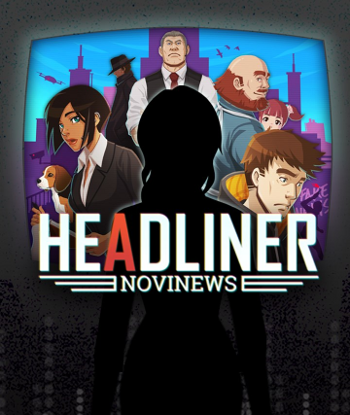
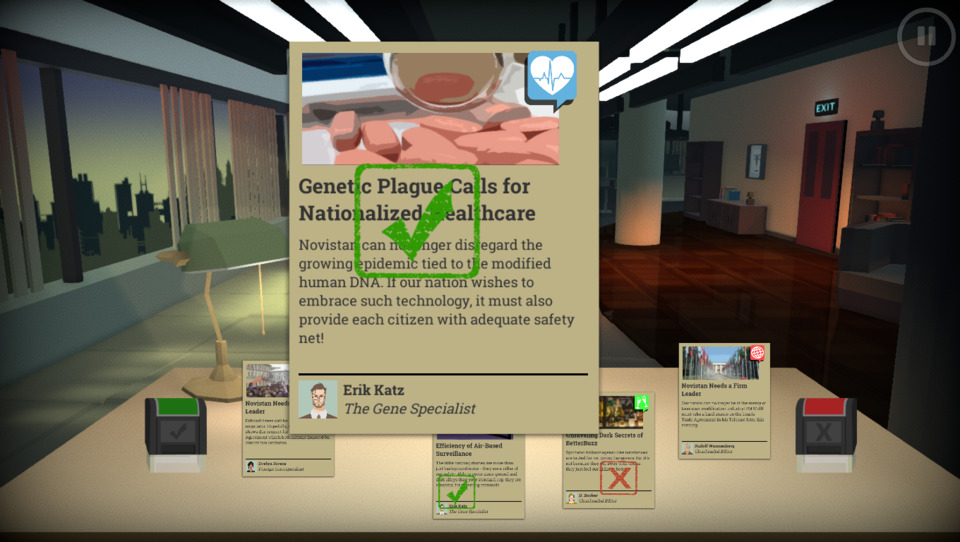
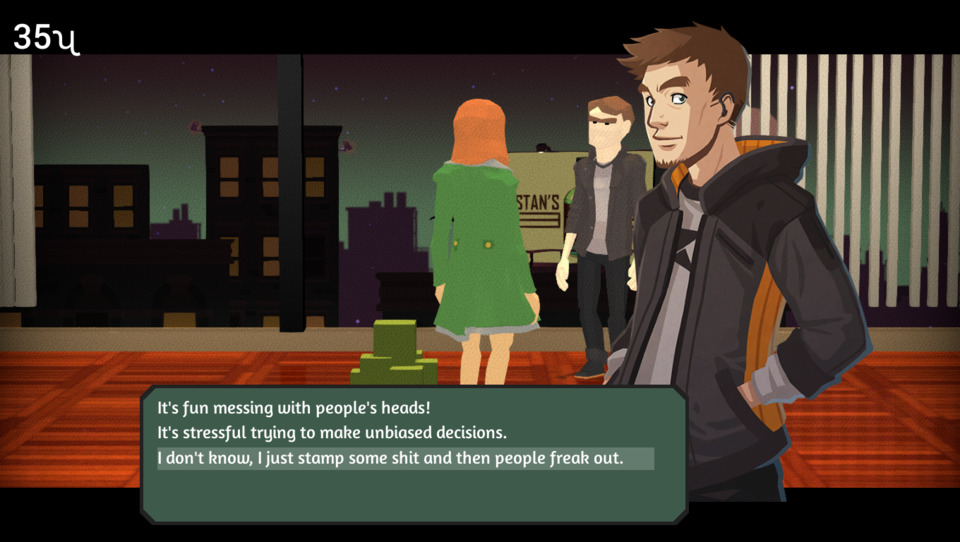
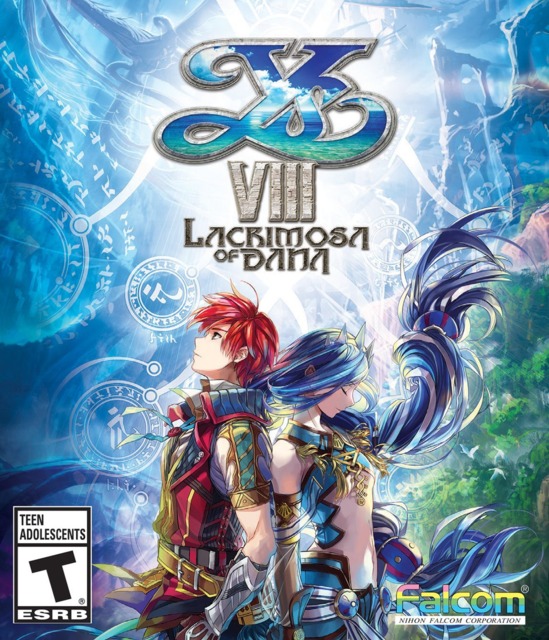
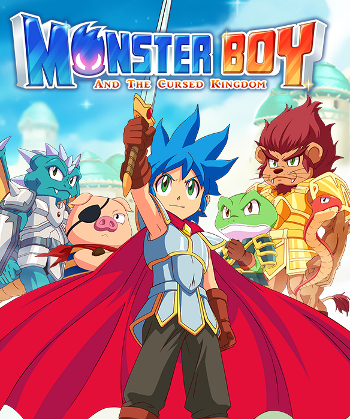
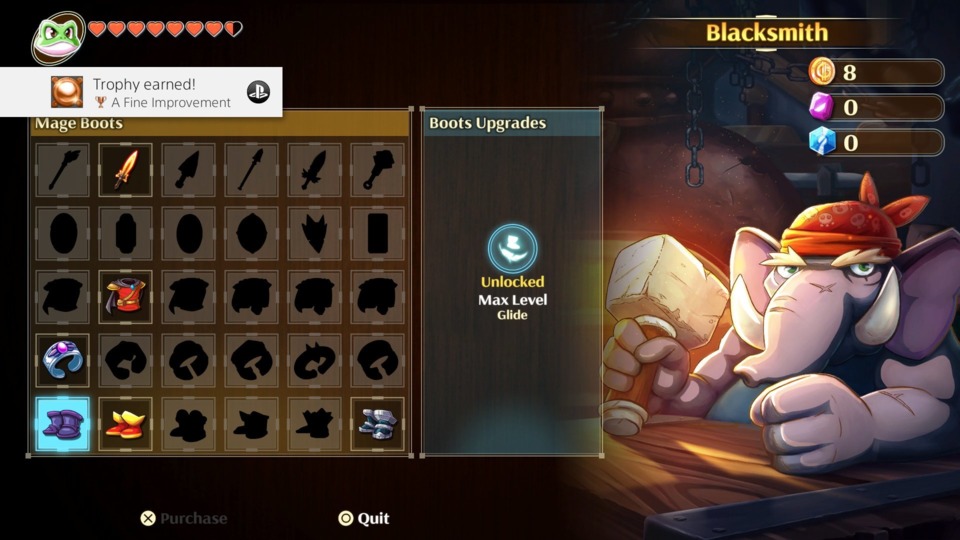


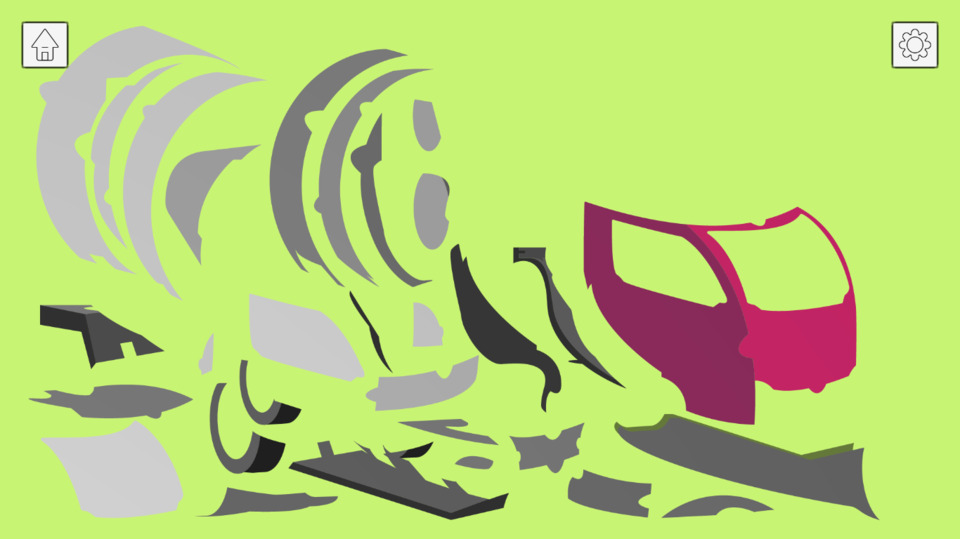
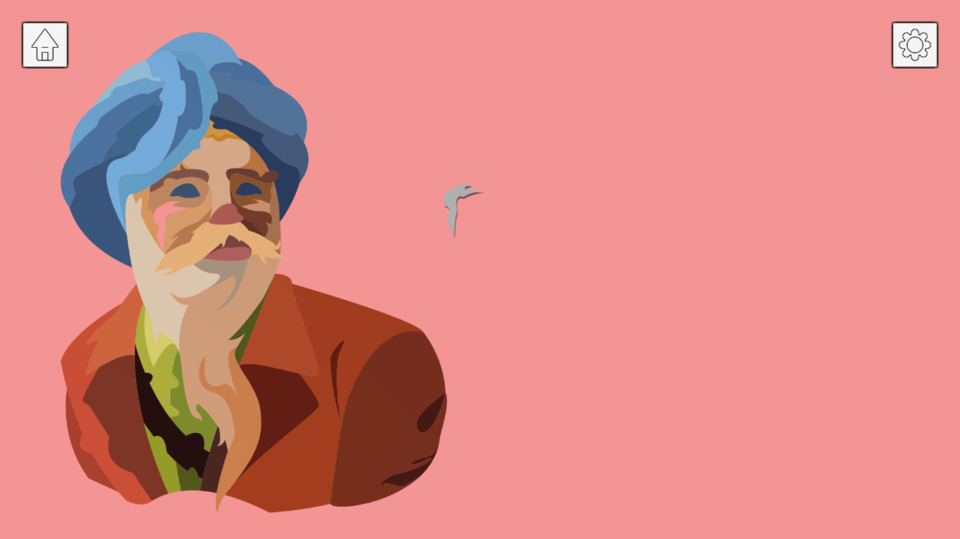
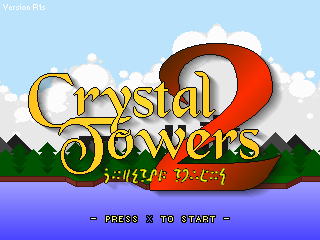
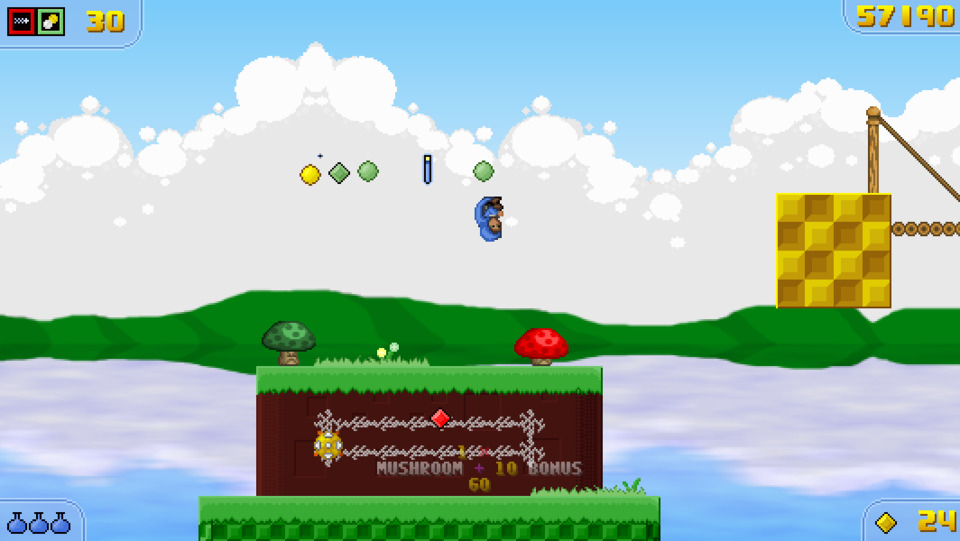
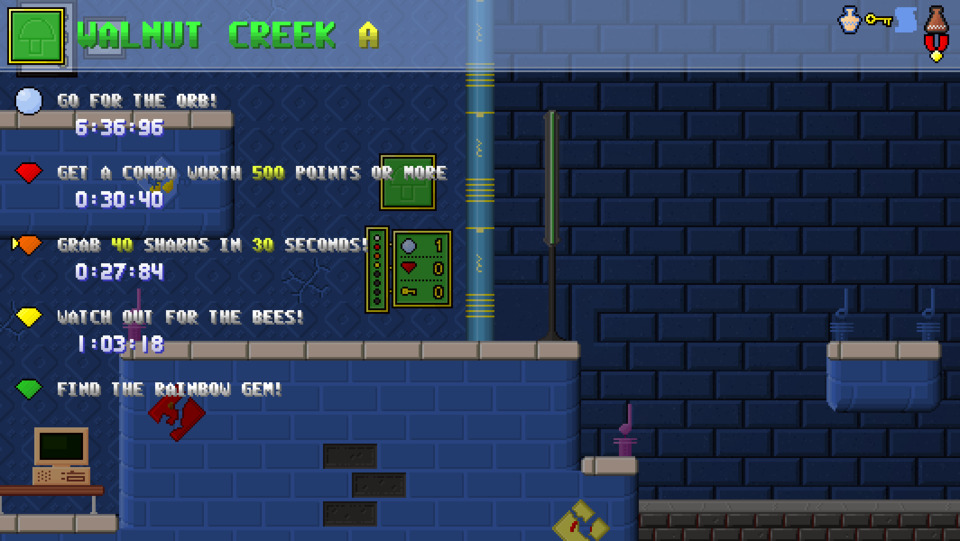
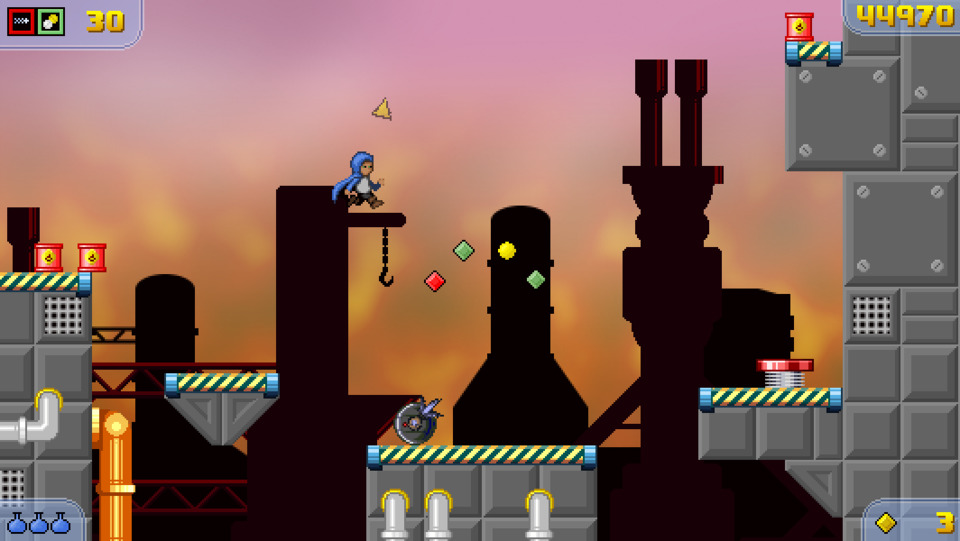

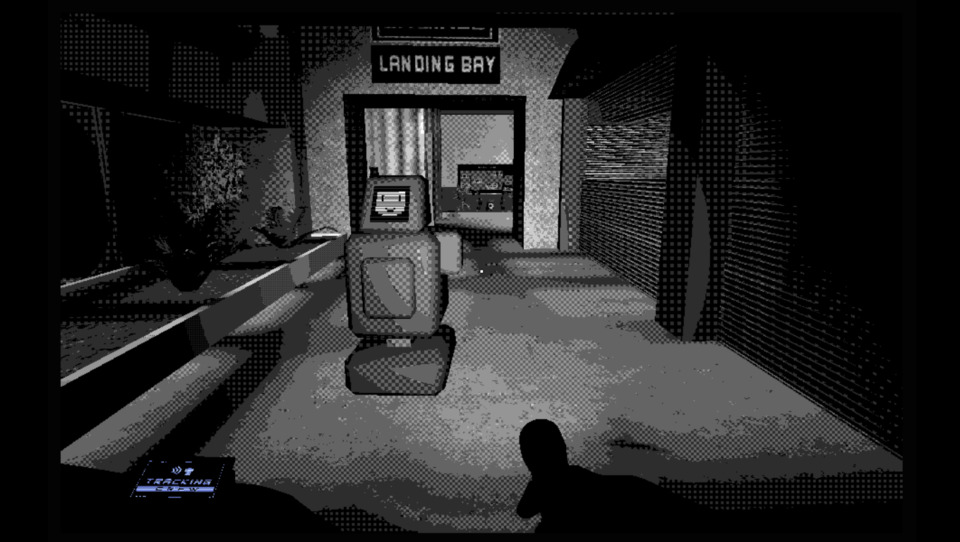
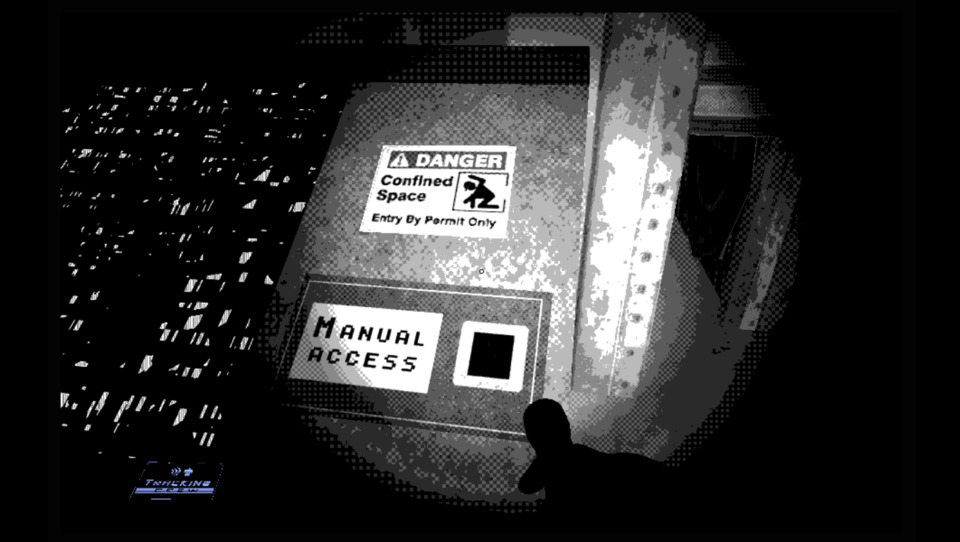
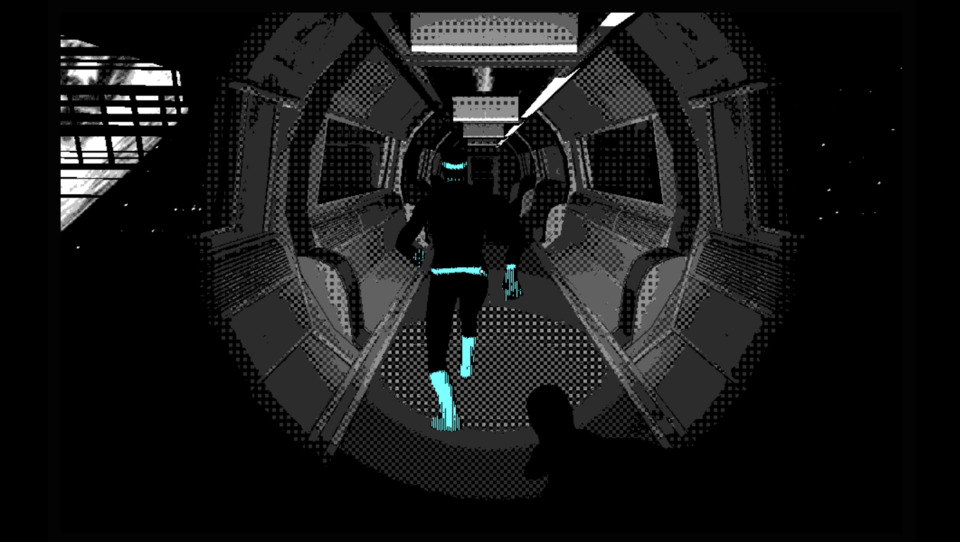


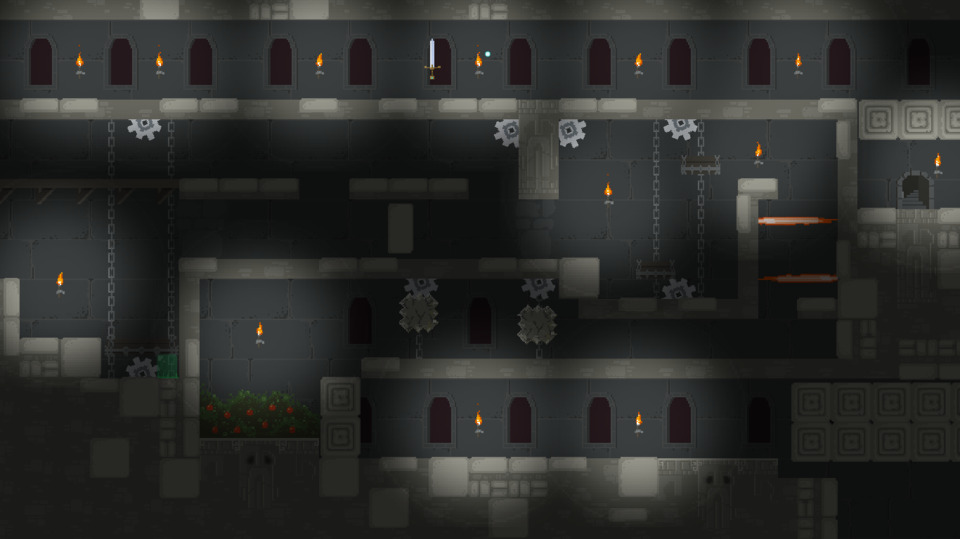
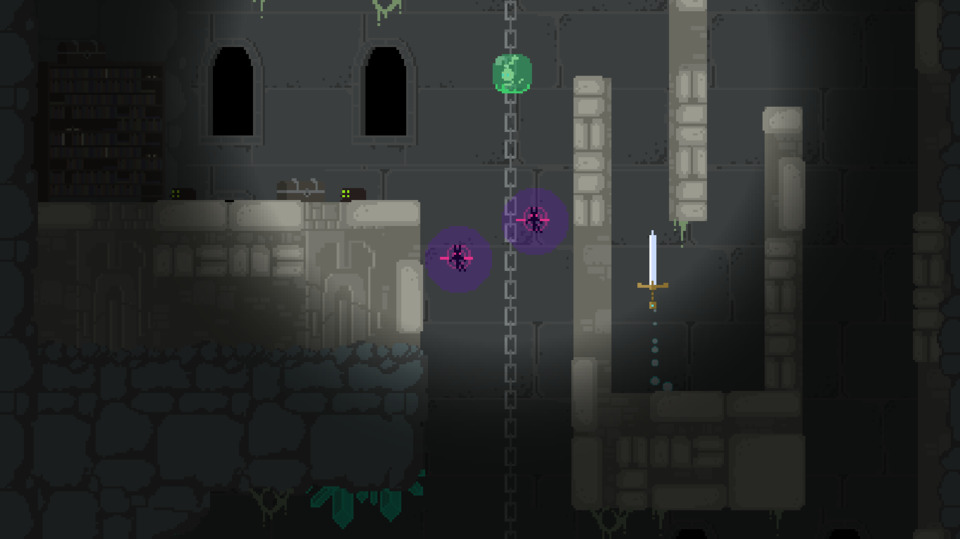
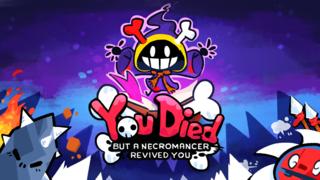
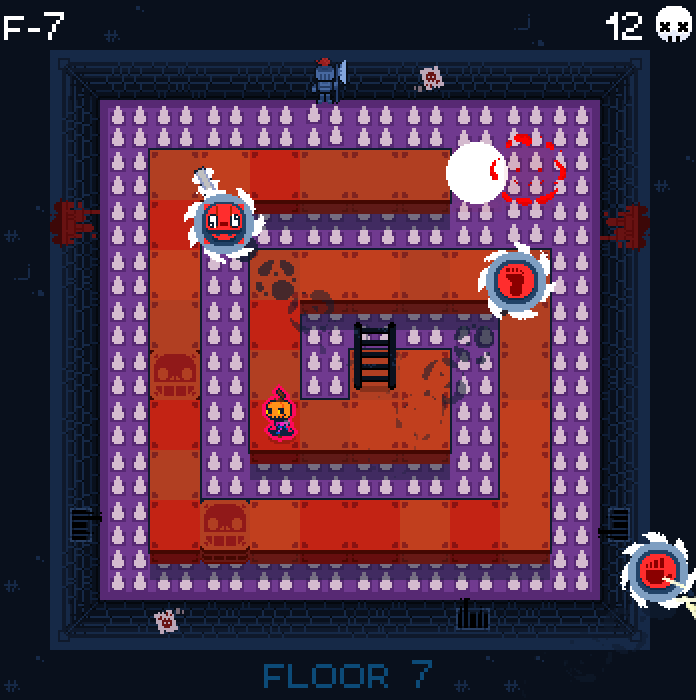


Log in to comment